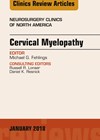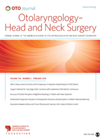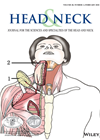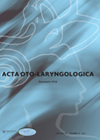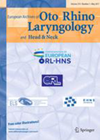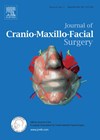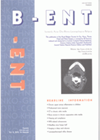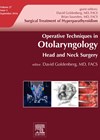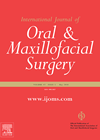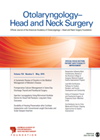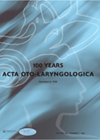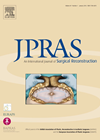
Journal Reviews
Neurological complications associated with managing degenerative cervical myelopathy
Degenerative cervical myelopathy (DCM) is a common neuropathologic status due to degenerative changes to the cervical spine. There are multiple operative techniques available, including anterior cervical discectomy and fusion, anterior cervical corpectomy, laminoplasty, laminectomy and laminectomy with fusion. C5 palsy...
Is medical therapy without surgical treatment sufficient in treating peritonsillar abscess?
Standard treatment of peritonsillar abscess (PTA) has typically involved both medical therapy and surgical drainage either in the form of needle aspiration, or incision and drainage. However, is medical without surgical treatment sufficient? The authors suggest that medical therapy without...
What is the evidence for duration of antibiotic prophylaxis in head and neck free-flap cases?
The topic of this systematic review is one which is commonly heard in discussions between microbiologists and head and neck surgeons – what is the evidence for antibiotic prophylaxis in clean-contaminated free-flap cases, and crucially, how long should antibiotics be...
Which technique is better for turbinate reduction: surgical turbinoplasty or radiofrequency ablation?
Turbinate hypertrophy; radiofrequency; surgical turbinoplasty; visual analogue score
Managing spontaneous CSF leaks secondary to benign intracranial hypertension
Spontaneous CSF leaks are a rare entity. In this paper, a Spanish group report their experience managing the condition using endoscopic surgery in 35 patients over an eight year period. Leak locations included the cribriform plate (18/35), ethmoid roof (15/35)...
Another paper advocating resection templates
Resection in the head and neck region leads to complex defects with significant impairment in function. Reconstruction is even more difficult and to improve the accuracy of both resection and reconstruction a number of aids are used. With the improved...
Postoperative recovery in children after ENT surgery
This Belgian prospective study reported on the postoperative recovery time after routine ENT surgery (grommets, adenotonsillectomy), and compared parental estimations of postoperative pain with those of the child themselves (however, the authors do admit that many of the children included...
Finding the elusive parathyroid glands
While reading in the literature about new advances in knowledge and surgical techniques, it is often easy to lose track of the longstanding knowledge that we all acquired during our training. This is why this article on the anatomy and...
Bad splits
This is a meta-analysis of reported risk factors of a ‘bad split’ in a sagittal split mandibular osteotomy. They identified 30 observational articles and therefore acknowledged it is based on low quality studies. It is compounded by the definition of...
Safety of outpatient thyroid and parathyroid surgery
This study examined the safety and outcomes of matched groups of patients, undergoing either inpatient thyroid / parathyroid surgery or being discharged within eight hours of surgery. There were 2,362 patients in each group who were matched by a ‘propensity...
Does a labyrinthine fistula in cholesteatoma surgery lead to hearing loss?
Thirty-five patients with labyrinthine fistula related to cholesteatoma were studied retrospectively. All patients underwent CT scans and preoperative hearing tests 1-2 weeks prior to surgery (averaged at 0.5, 1, 2, 3, 4, 8 kHz). All 35 patients underwent mastoid surgery,...
Treating keloid scarring with pressure clips following excision: does it work?
Keloid scars can pose a difficult management problem. Whilst not harmful in themselves they can be cosmetically unappealing and lead to social embarrassment and resulting isolation, and following surgical excision they often reoccur. Mechanical pressure is an adjuvant to surgical...

